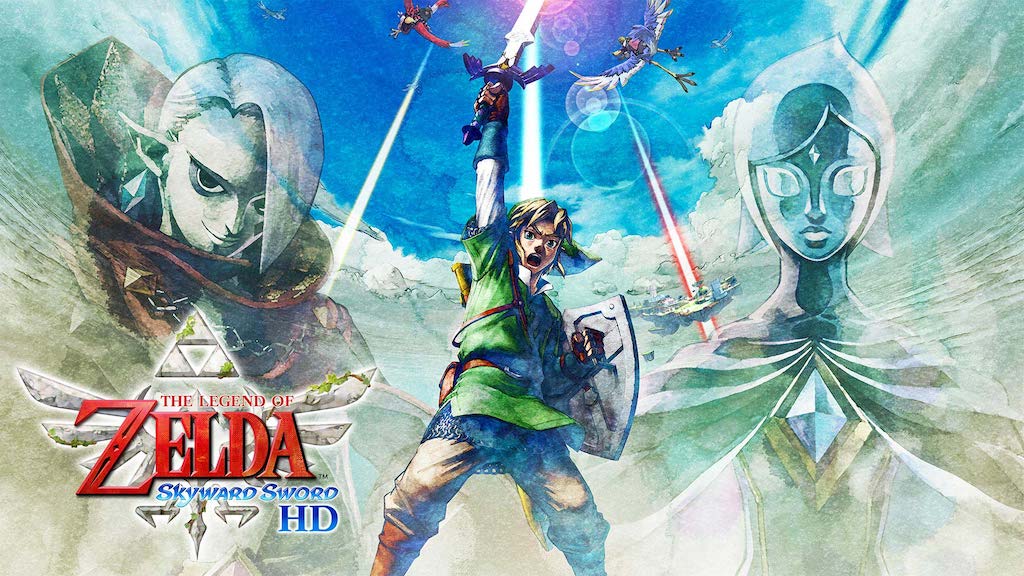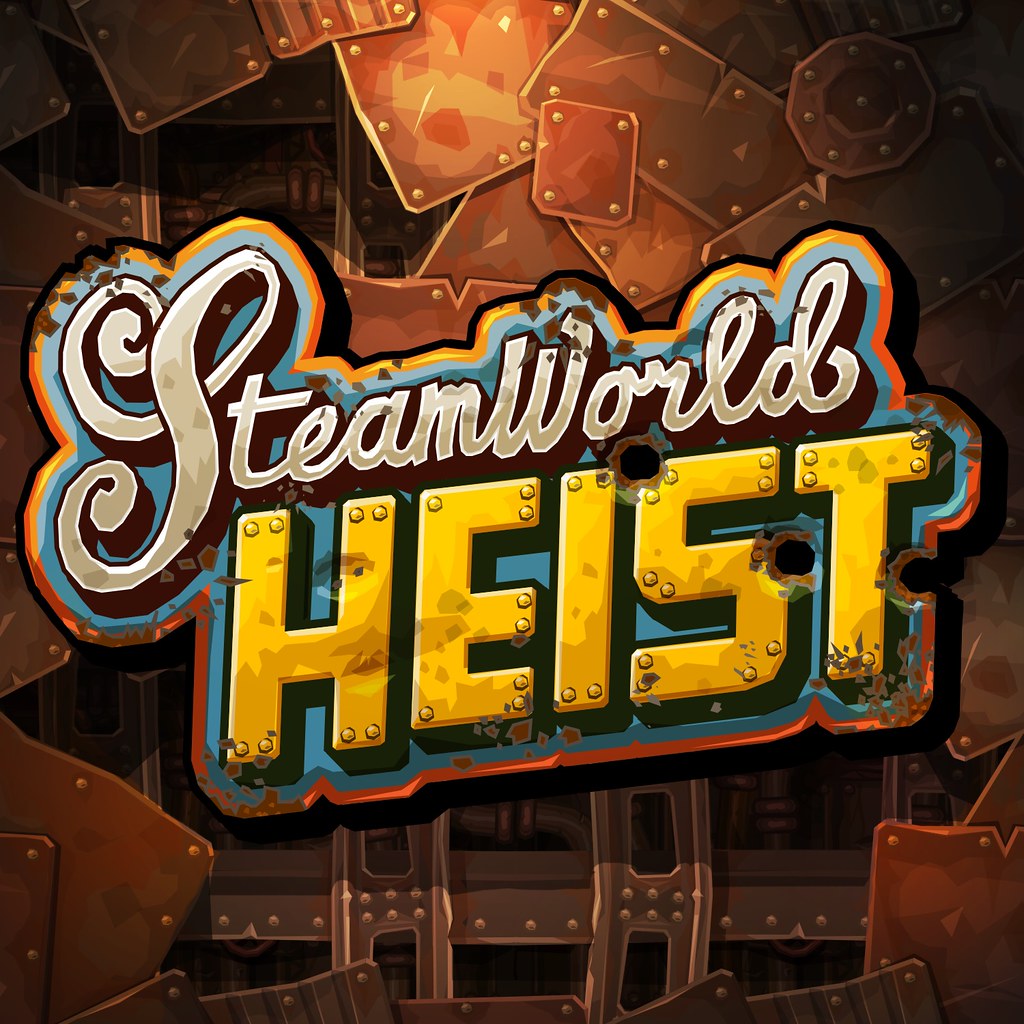Hollow Knight is a Metroidvania through and through, but it punishes the player with glee. When you die in Hollow Knight—and you will, many times—it will not be due to a random event, but your own lack of skill. Take it from me: a short break, a deep breath, and a few minutes away will help. The difficulty might turn some people away, but tight controls make victory all the more rewarding.
 The Good: Graphics, Gameplay, Music
The Good: Graphics, Gameplay, Music
Hollow Knight is a gorgeous game. The art style makes use of deep blacks and well-defined lines to create a crisp look that satisfies all the way through the game. The backgrounds are never secondary considerations, either—they merge seamlessly to hint at a grand world that waits to be explored.
The gameplay is where the game shines. The map is expansive, with endless opportunities to discover secrets. Some areas are sealed off until later in the game when you have more traversal options. Others are terrifying, with enemies that make it clear you should come back later when you’re stronger.
The controls are fast and responsive. I never felt like a button press failed to register. I could change directions in midair with no delay. The game utilizes this fast pace, too. There are many puzzles that rely on split-second timing and movement mechanics to navigate through an area, usually with a special item waiting at the end.
Boss fights are where the controls really come through. Each fight is different and unique. Unless you are tremendously skilled at this style of game, you will likely die several times until you learn the patterns of the fight. Once you know the pattern and what to expect, you can dodge out of the way of attacks and strike back.
The music isn’t anything to write home about. It fades into background noise that I hardly noticed, but the sound design of the game is great. Every strike of my Nail—the weapon the Hollow Knight wields—resulted in a different sound effect based on the surface it struck. The hardened shells of enemies rang out with a high-pitched clang, while the fleshy bits gave a satisfying smack when a blow connected.
The Bad: Traversal and Time
The single most frustrating element of Hollow Knight is the spacing of save points. The map for an area is not revealed until you purchase it from Conifer, a traveling cartographer. The only way to find him is to listen for his soft hums as you travel through a zone, but even with the volume turned to full he can be hard to find.
If you die in an area and you haven’t found the map, good luck. You will spend a lot of time moving around the map until you find the save points. Boss fights are another issue; the save point is often a silly distance away from the boss room. After repeated deaths, trudging back through the same area becomes a chore rather than an experience.
The economy of the game centers around a resource called Gem. It is dropped from defeated enemies and found in items throughout the game, but there’s a caveat. If you die, you lose it all. You can seek out your ghost and recover the Gem you lost, but only if you survive. If you die a second time before you find your ghost again, the Gem you carried is lost.
This led to a lot of impulsive spending on my part, as I died in areas with no hope of recovering my ghost.
The game seems gloomy at first. The first few zones are dark and bleak, and your movement options are limited. Somewhere around the 10-hour mark, you gain enough traversal options that the game really opens up and you can check out new zones and really explore all the game has to offer. If you can make it through those first 10 hours, you will love the rest of the game.
All in all, however, Hollow Knight is a great game. In spite of its flaws, the game provides a lot of entertainment. The art style is gorgeous, the controls are crisp, and most of all, it’s just fun to play. And at just $15, it’s a steal.
Final Score: 8 out of 10.
Patrick is a long-time gamer and diehard fan of the classics: Legend of Zelda, Final Fantasy, Halo, etc. He collects SNES games and once dove into a dumpster for a copy of Earthbound.










